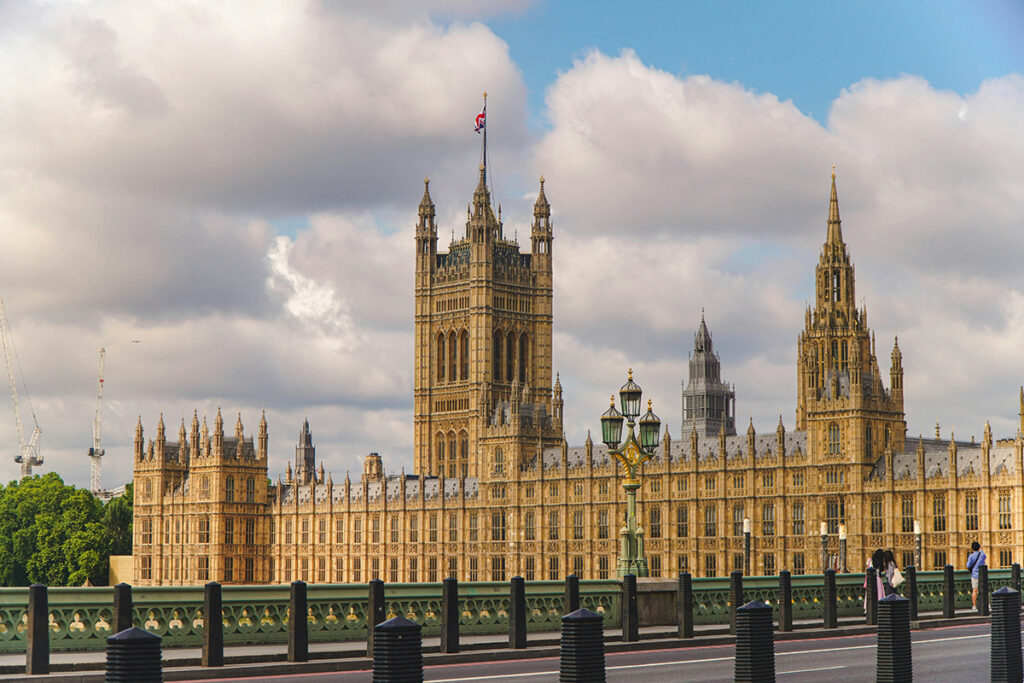It’s Teacher Appreciation Week, but some educators aren’t feeling so appreciated. It appears that the ballyhooed Great Resignation is now affecting education: Teachers are quitting at record-high rates.
What is the quits rate exactly? It’s the share of workers in a given industry that quit their job in a given month. According to the Bureau of Labor Statistics, “the quits rate can serve as a measure of workers’ willingness or ability to leave jobs.” A higher quits rate is typically associated with a stronger labor market – more job openings, meaning more options for workers, thus empowering them to take a better offer elsewhere. The overall quits rate for all employees hit a record high in March 2022 of 3.0%. The raw number of quits – 4.5 million – was also a record high.
Above is a chart of monthly quit rates for both workers at private educational services companies and state and local government education employees. The latter group had a record-high quits rate of 1.3% in March (from a data set that only goes back to 2000)– that’s up from 0.8% a year ago. The former group’s quits rate was 1.5% last month, which is elevated but not a record-high. For public educators, a 1.3% monthly quits rate – if continued for an entire year – compounds to 15% of all state and local educators quitting.
Two caveats about this data: First, educators – both in private educational services and in public education – have notably lower quit rates compared to other industries, but it’s the relative change in quitting over a short period that raises eyebrows. Second, the uptick is more pronounced in public education than in private educational services.
Perhaps educators are (understandably) burnt out from the pandemic. Or, maybe they’re fed up with political polarization that has increasingly crept into debates about school curriculum. For this Teacher Appreciation Week, make sure that you’re appreciating your teachers that are still teaching.







